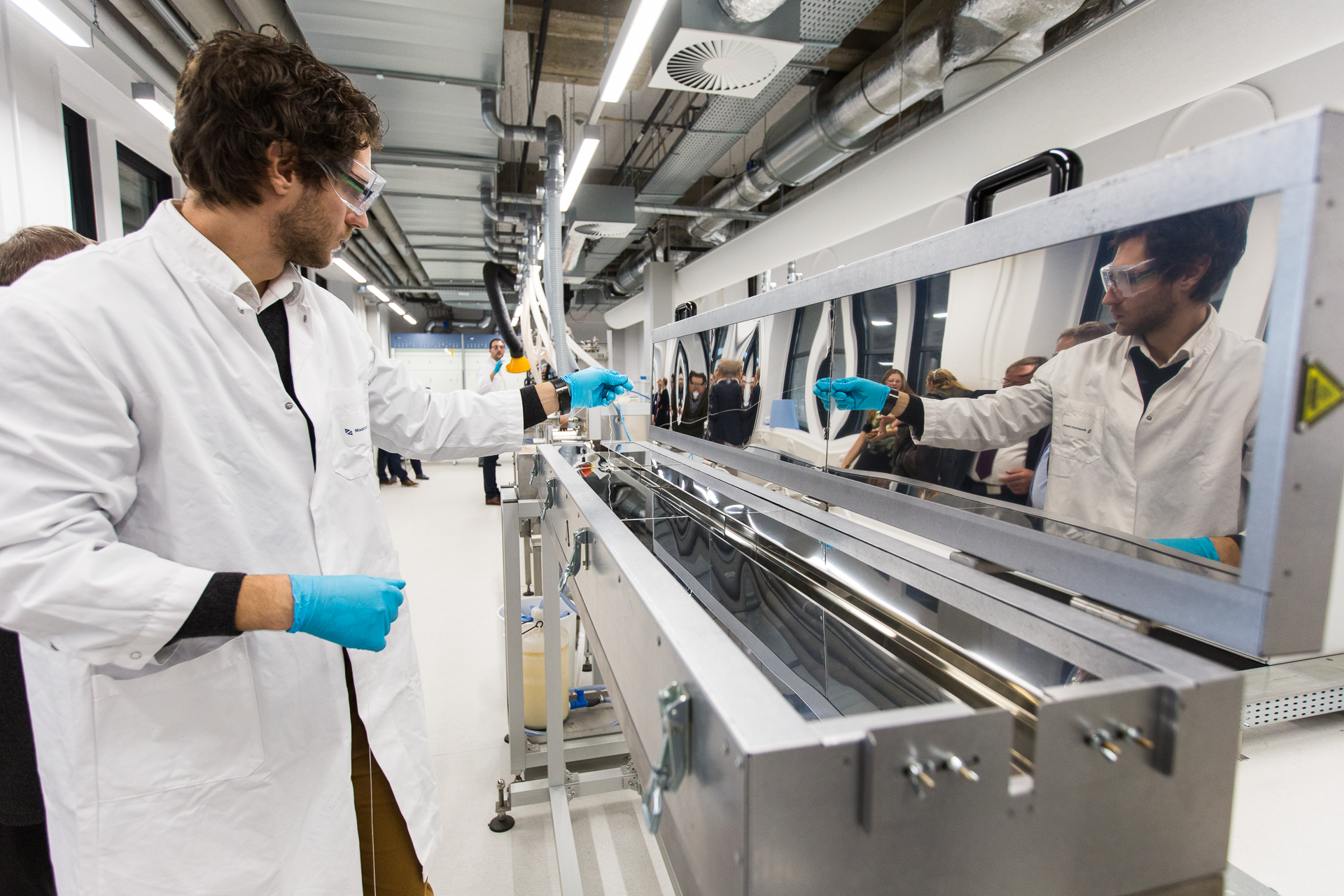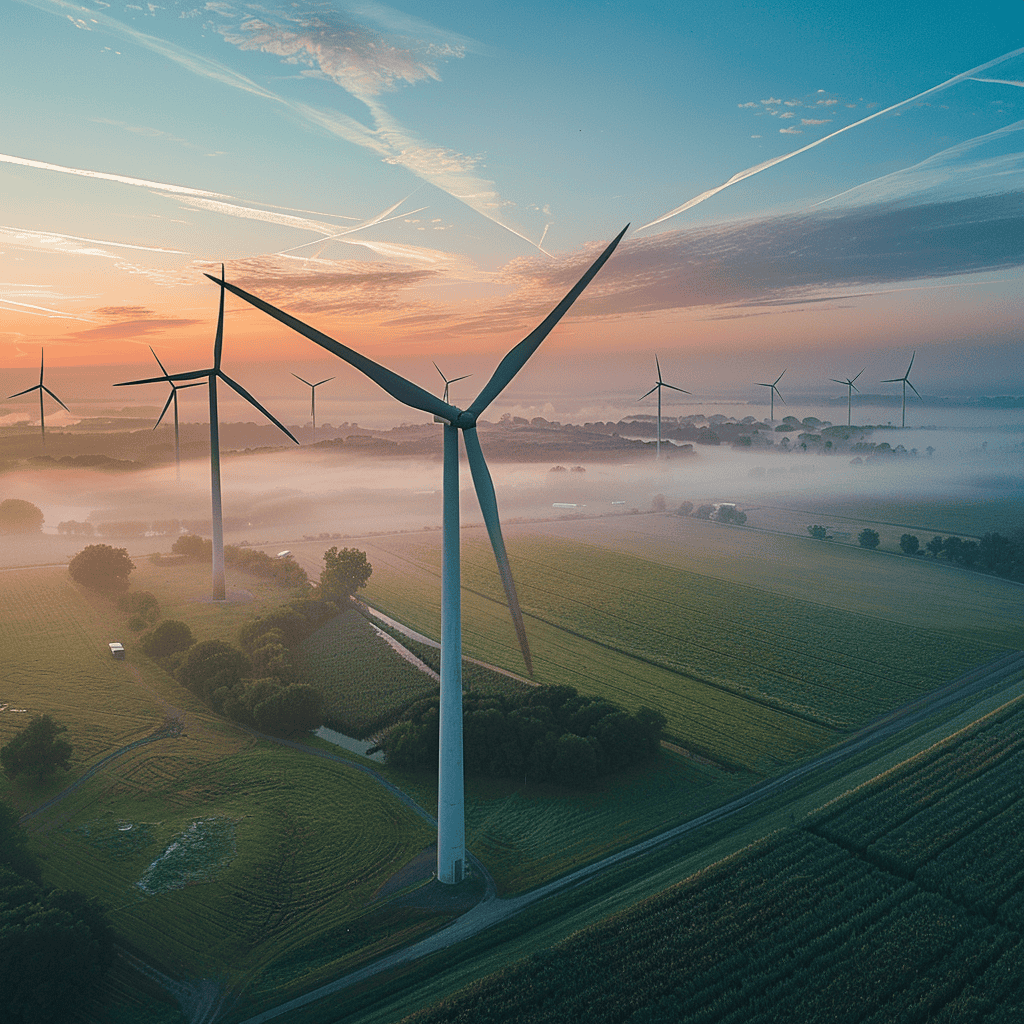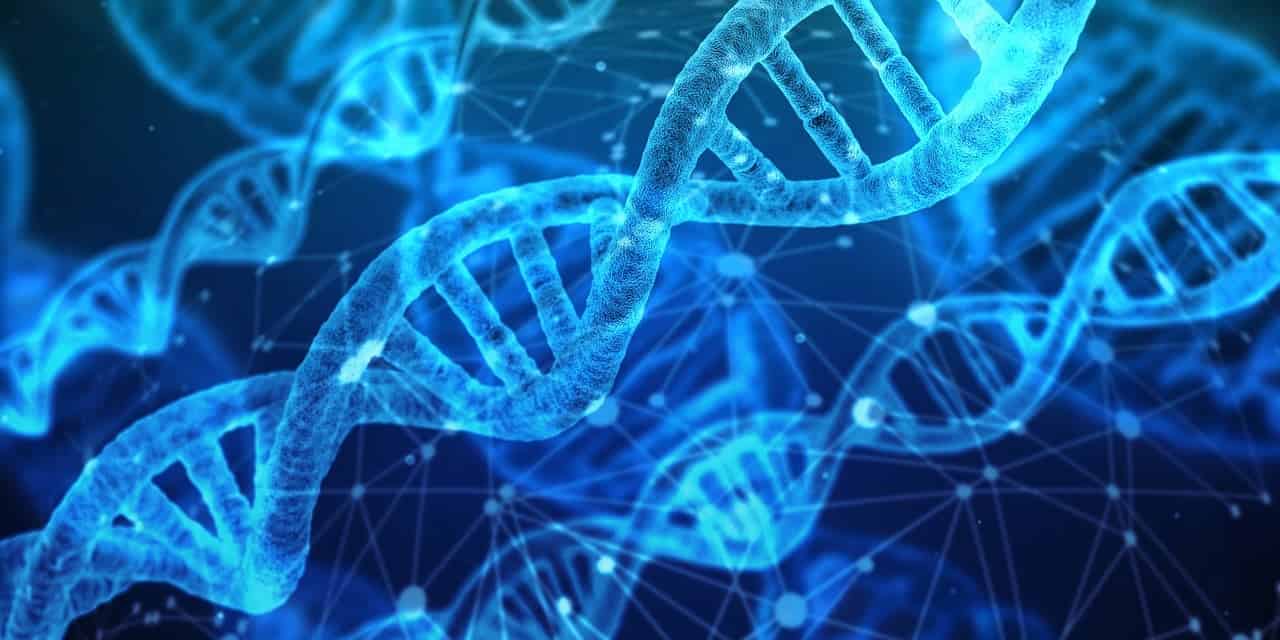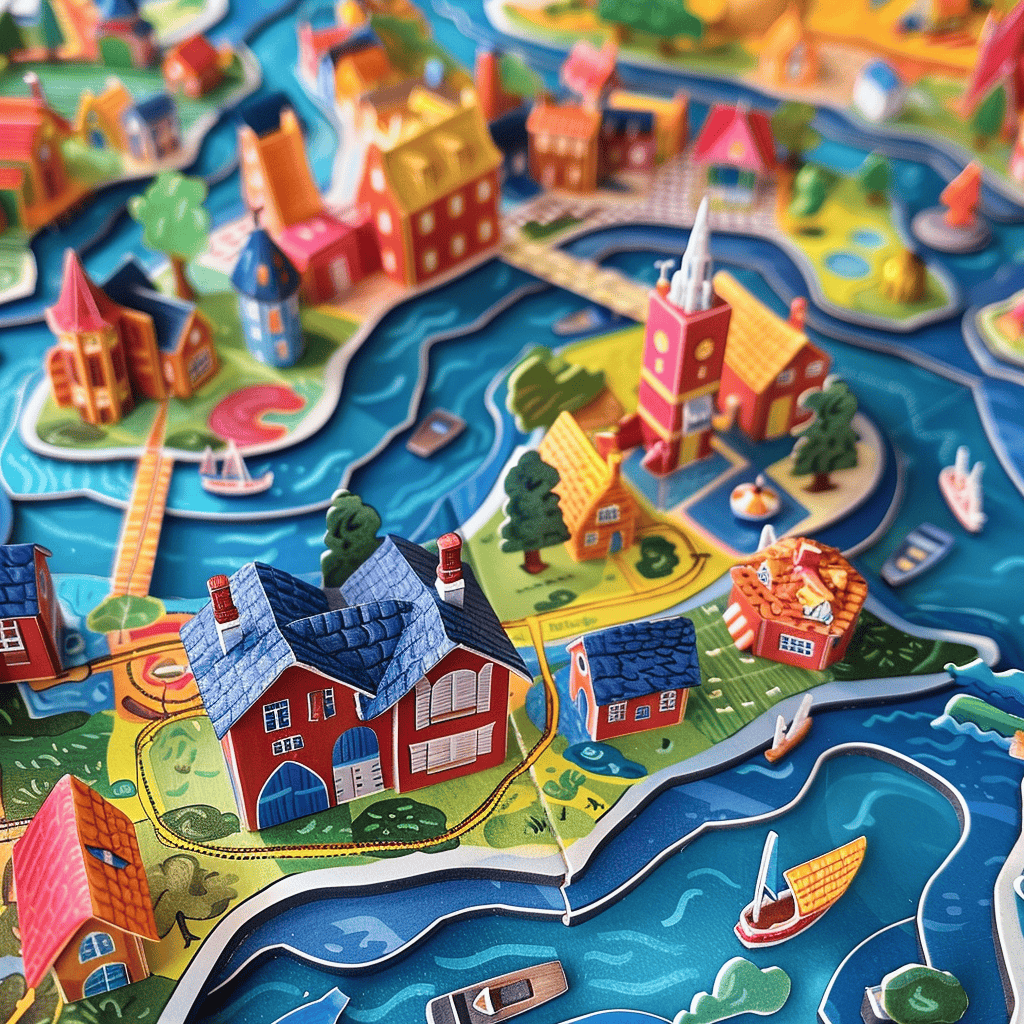
We are still largely dependent on fossil raw materials for the production of plastics, medicines and fuels. The transition to a more sustainable and circular economy is only slowly getting underway. Even replacing these fossil raw materials with natural building blocks does not always lead to environmental gains. Yvonne van der Meer, professor of sustainability of chemicals and materials at Maastricht University in the Netherlands, wants to accelerate this development. She is investigating how organic materials can contribute to the transition to a circular economy.

Within her research group at the Aachen Maastricht Institute for Biobased Materials in the Netherlands, Van der Meer is developing various assessment tools to analyze new materials or techniques. Her goal? To assess at the earliest possible stage whether there is potential in new technologies or materials. “To objectively assess whether we can use a bioplastic as a packaging material, we look at the total picture. It is often thought that sustainability is only about the environment, but there is more at play.”
Replacing fossil with organic not always an improvement
For example, Van der Meer looks not only at emissions, energy and raw material use but also at the economic and social impact of bioplastics. “The fact that you replace fossil raw materials with organic ones does not automatically mean that you are doing better. For bioplastics, you need agricultural land where you can then no longer grow food. What is the effect of this? And what is the impact of artificial fertilizer? Suppose you start working with bioplastics in an area where water is scarce. Do you want to create a water problem for a minimal environmental gain?”
With these analyses of the entire system, Van der Meer hopes to accelerate the transition to a circular economy. She says it will provide more insight for policymakers and give companies tools to develop more sustainable materials. Connecting different disciplines will also result in breakthroughs, according to the professor.
Van der Meer comments: “In science, it is very common to look at a problem from the perspective of a research group. If you are a biologist working on a new source, you can still go in any direction. That’s fantastic, of course, but at the same time, you have no idea what your colleague in chemistry can do with it. Or whether technicians can make machines for it and whether it will result in sustainability benefits. But if you put all those experts from different disciplines together, they make much smarter choices at the start. There is an eye for the next step in the process. As a result, they don’t have to keep going back to the drawing board and new, sustainable materials can be developed more quickly.”
Recycled instead of new?
But shouldn’t we be recycling more of the materials we already have? After all, only about 13 percent of all plastic is currently recycled. Van der Meer thinks for a moment before answering. “A relevant question. As basic as it sounds, you have to take into account the emissions released when all that used plastic is collected, sorted and transported. After all, it involves large industries and considerable distances.”
Then plastics must be subjected to all sorts of chemical processes to make them into usable material again, van der Meer explains. “Food packaging, for example, is intelligent plastic, sometimes with as many as six or seven different layers with different functions. It is technically very complicated to turn them into new material without any additional chemical processes. But in some cases, it can be interesting. Our tools help to assess whether recycling actually yields environmental benefits. It helps producers make the right choices in their processes.”
Balancing the beaten track with breaking new ground
Van der Meer emphasizes that energy will not be the biggest problem in the circular economy of the future. “In the short term, it may make sense to minimize the energy needed for a material or process. But in my view, this is meaningless for the long term. We are using more and more sustainably generated energy. Yet I still see many companies investing in making their processes more energy-efficient,” she explains.
A bigger challenge, she says, is finding natural building blocks that still somewhat fit current practices. “To generate green power, you can replace fossil sources relatively easily with solar panels, for example. But carbon from fossil sources to make materials is much harder to replace. Not that we couldn’t get new building blocks from nature, but we are in a sort of transition phase. We are now mainly working on making organic material such as biodegradable waste or seaweed suitable for current production processes via chemical processing, but that will not always be the case.”
“Nature also offers all kinds of possibilities to make new building blocks, but these do not fit into current production processes. When I look out my window here at the Brightlands Chemelot Campus I see that happening. You have start-ups trying out new things on the one hand and the ‘old’ factories on the other. We have to find a balance between breaking new ground and using the beaten path. At the same time, things have to change.”
The urgency of the problem is clear
And preferably as soon as possible. Van der Meer gets agitated about outgoing Prime Minister Mark Rutte proclaiming that we can still take measures to meet the climate targets in 2029. “How can he say that? The Paris climate targets are very ambitious. We still have a long way to go to meet the 2030 targets at all,” she says with palpable amazement in her voice.
Then she becomes more hopeful: “Fortunately, more and more companies and consumers want to do things differently. There is increasing social awareness. I’ve been working on sustainability for twenty years, but climate change has only been in the news for the last five. People realize the urgency of this problem. A growing number of consumers and companies wants to do change the way we do things.”








